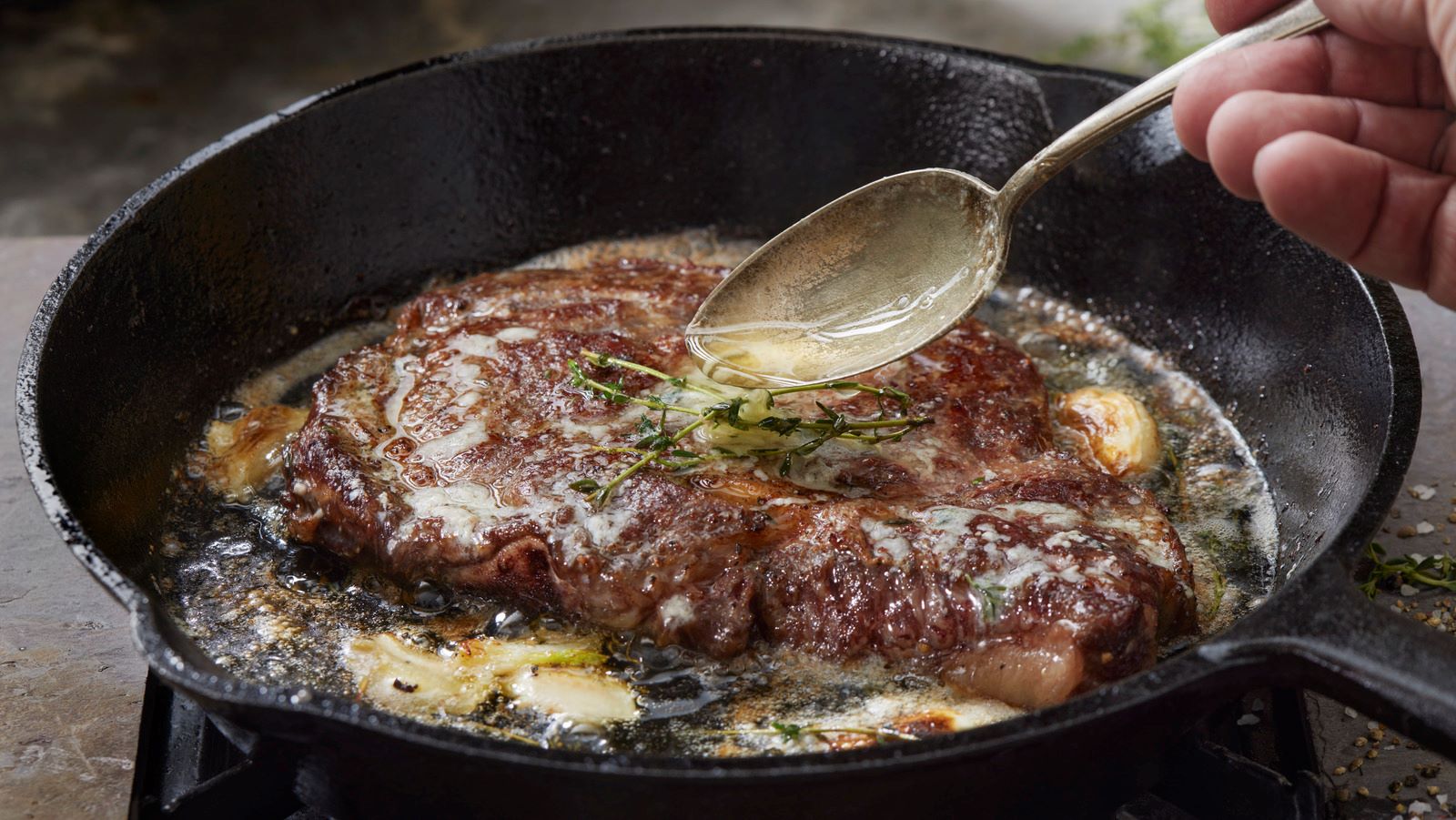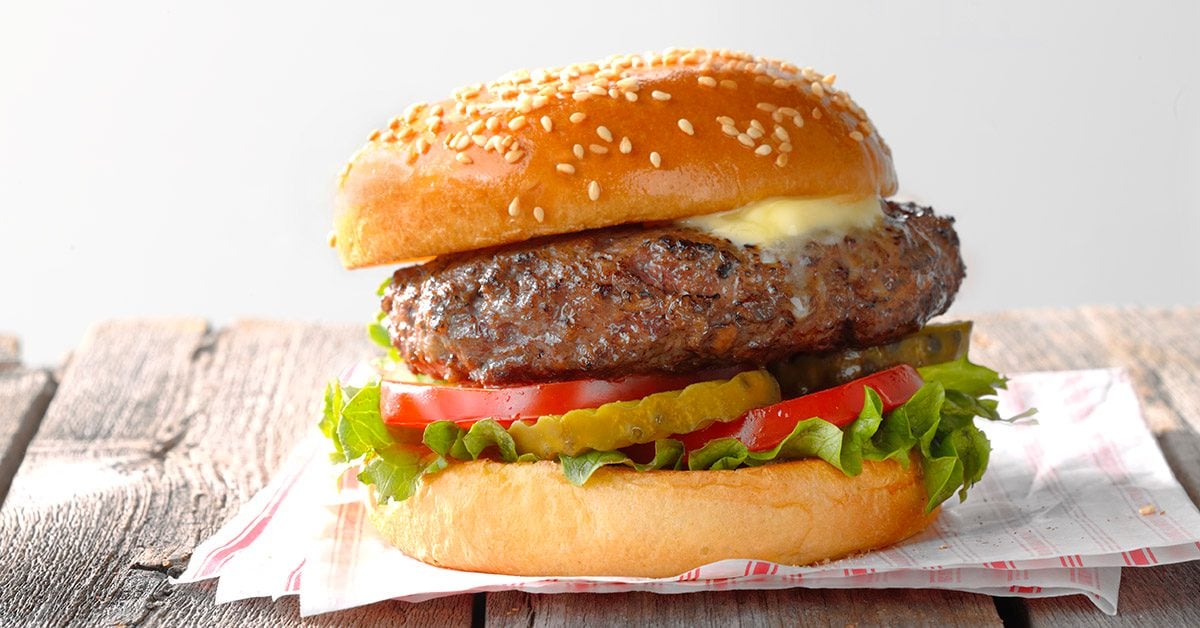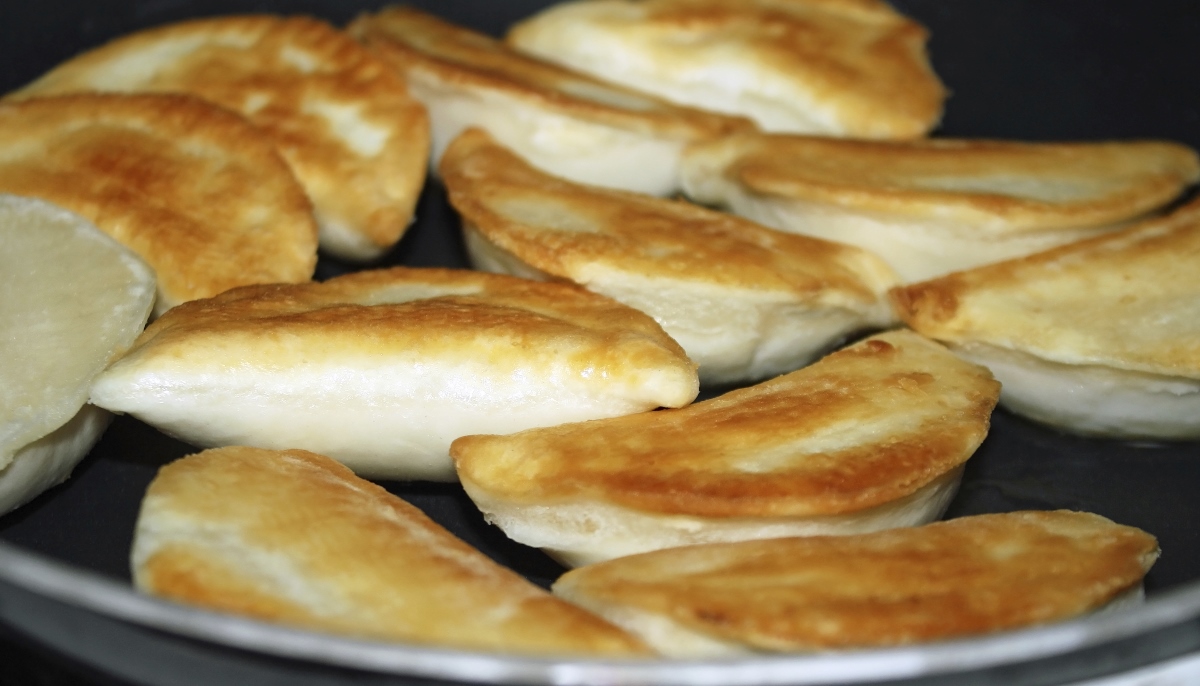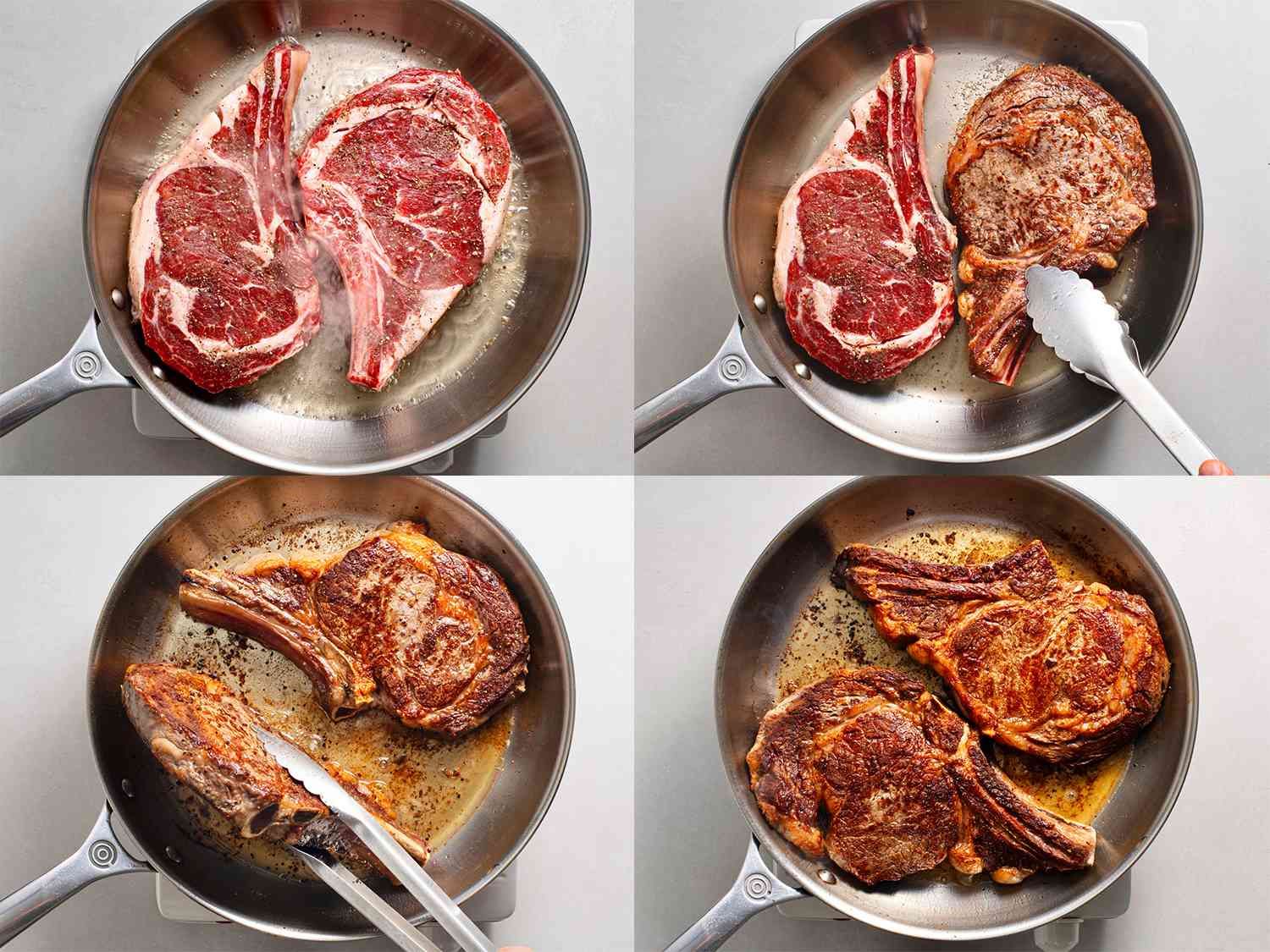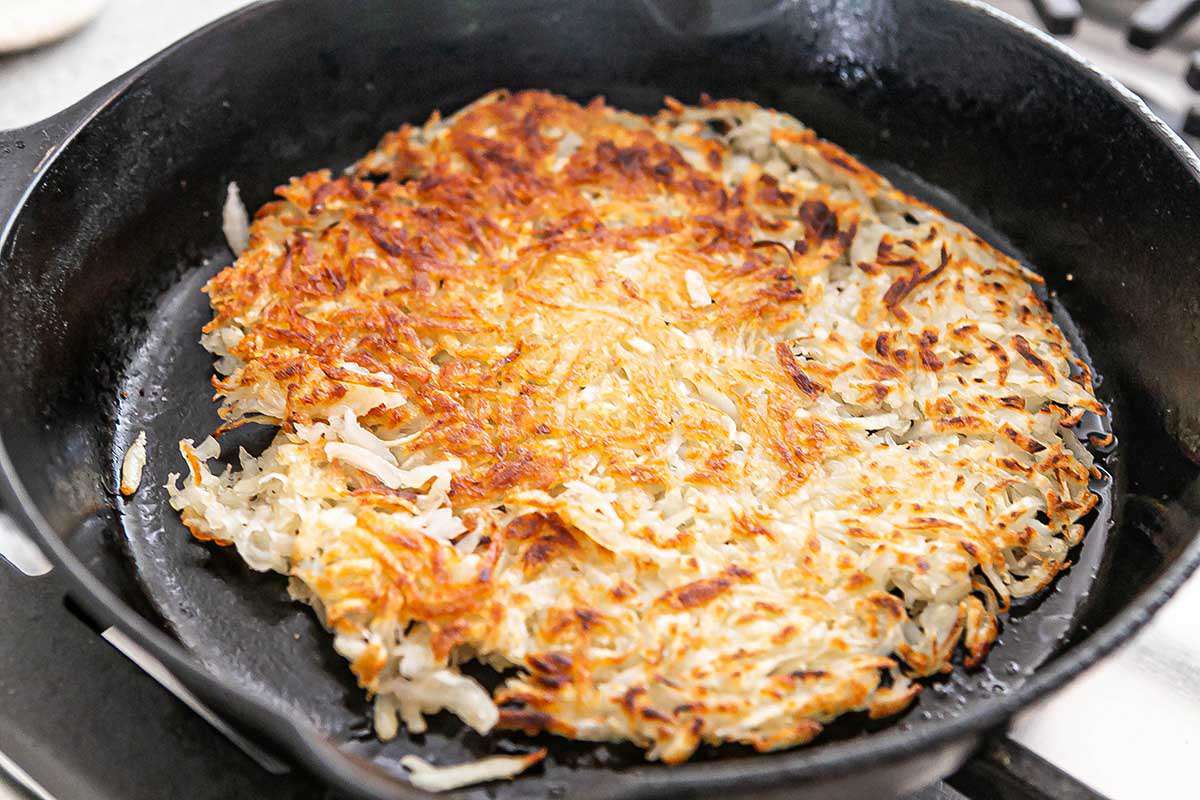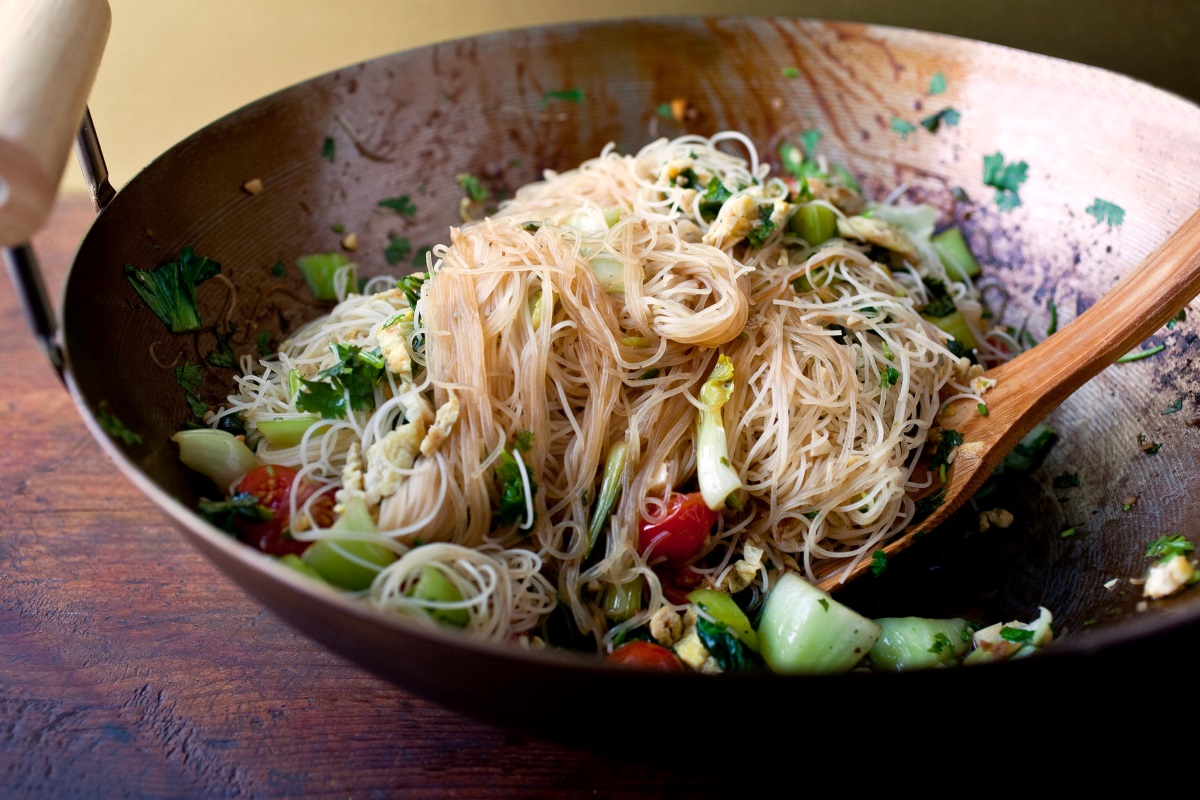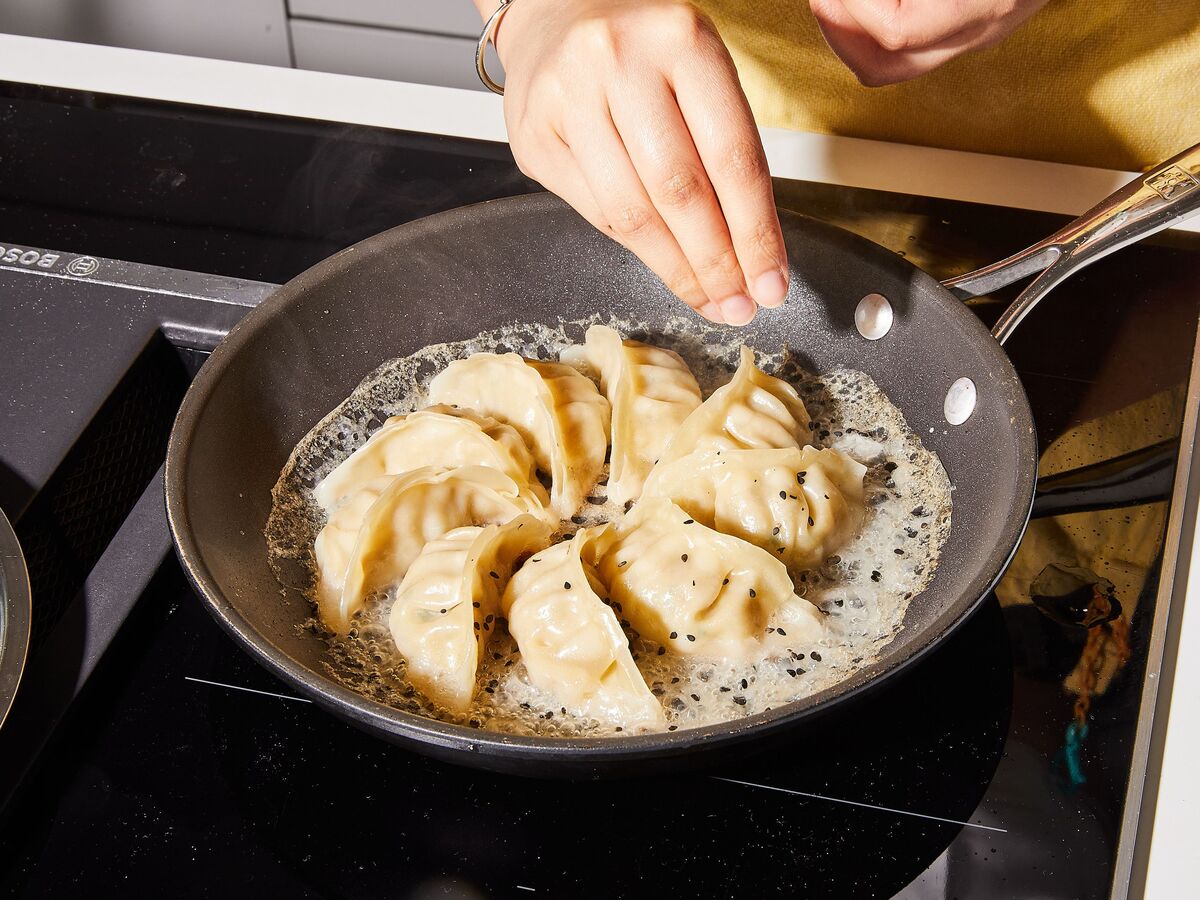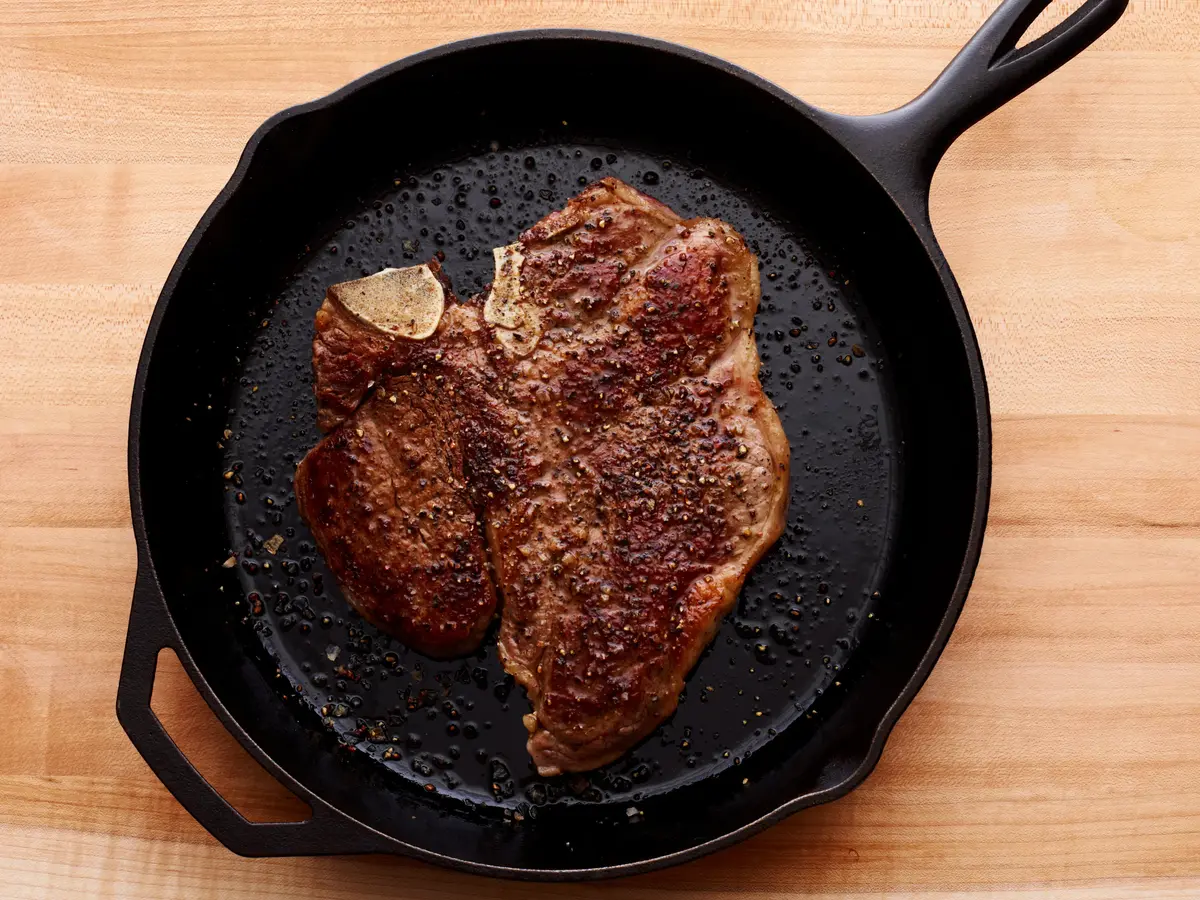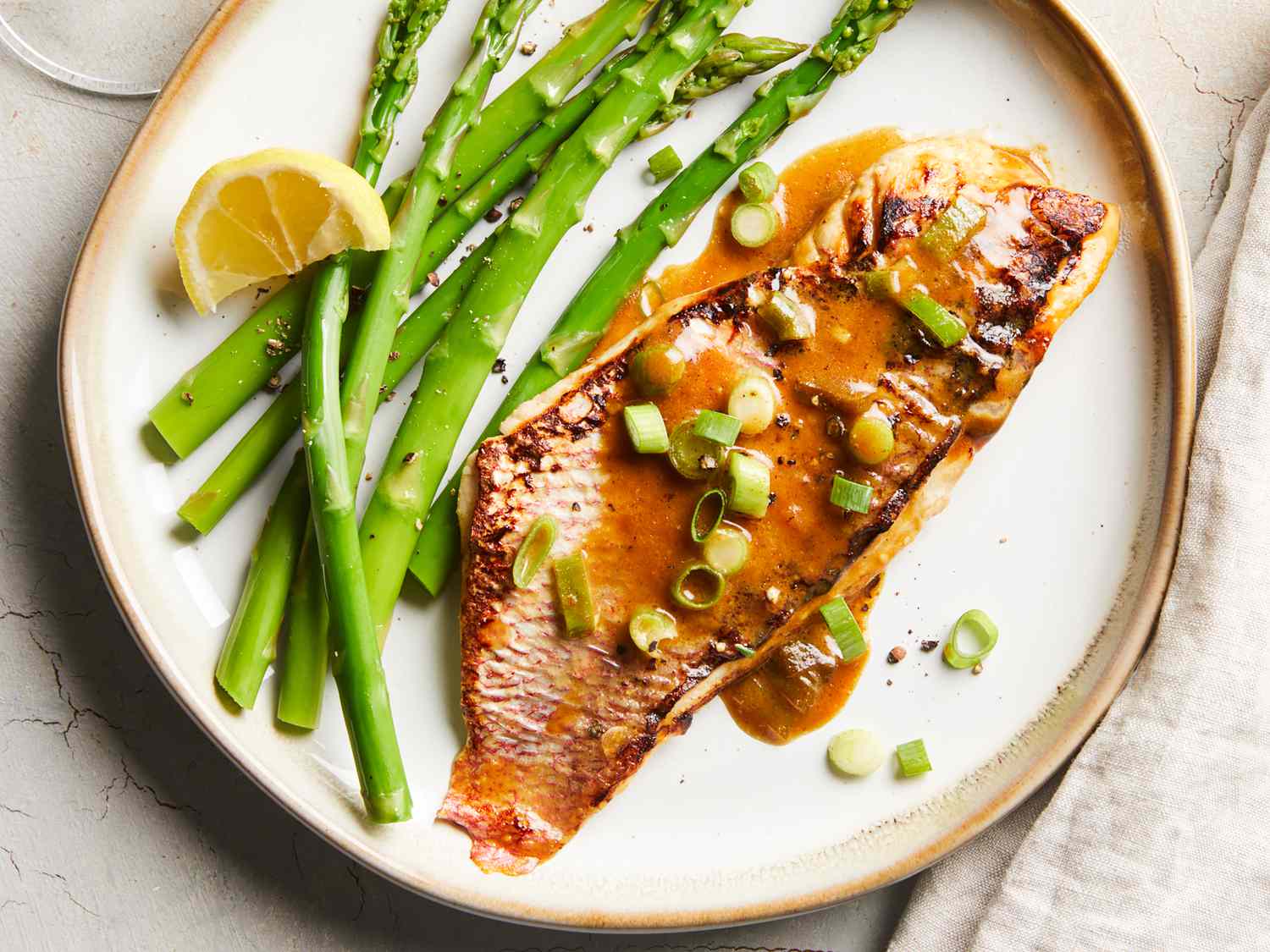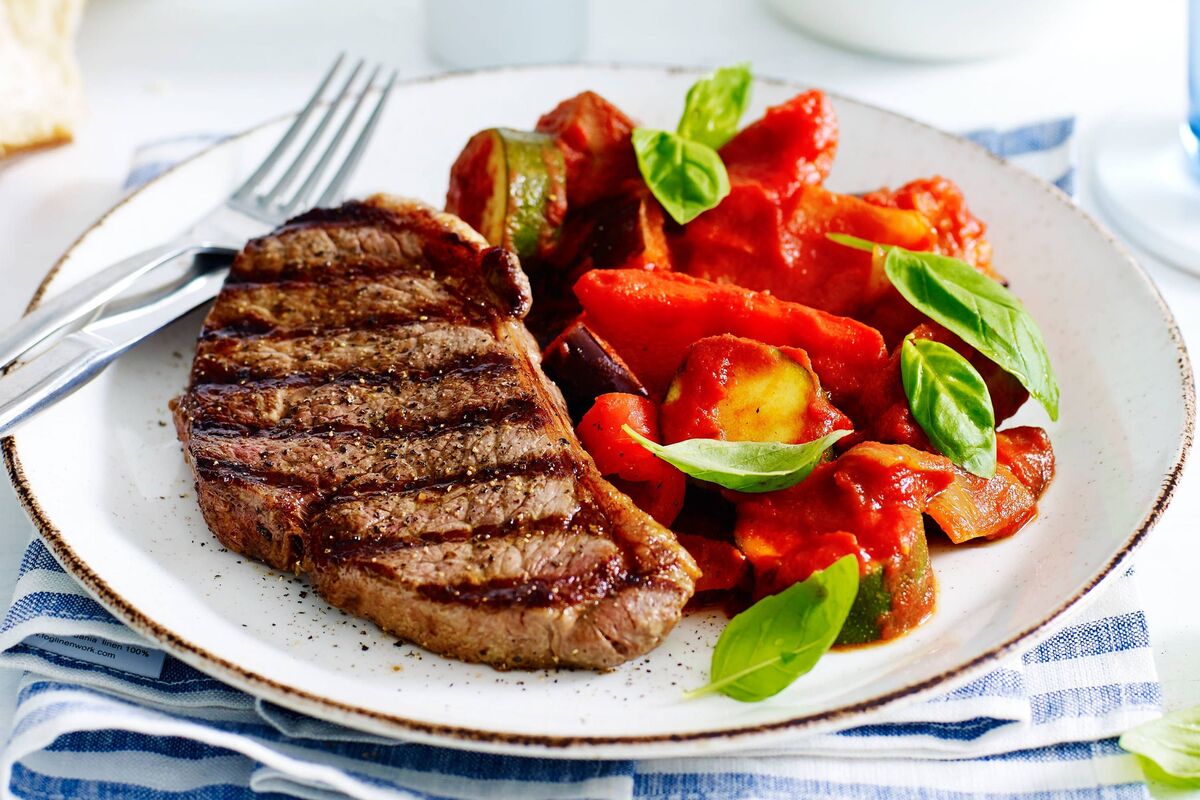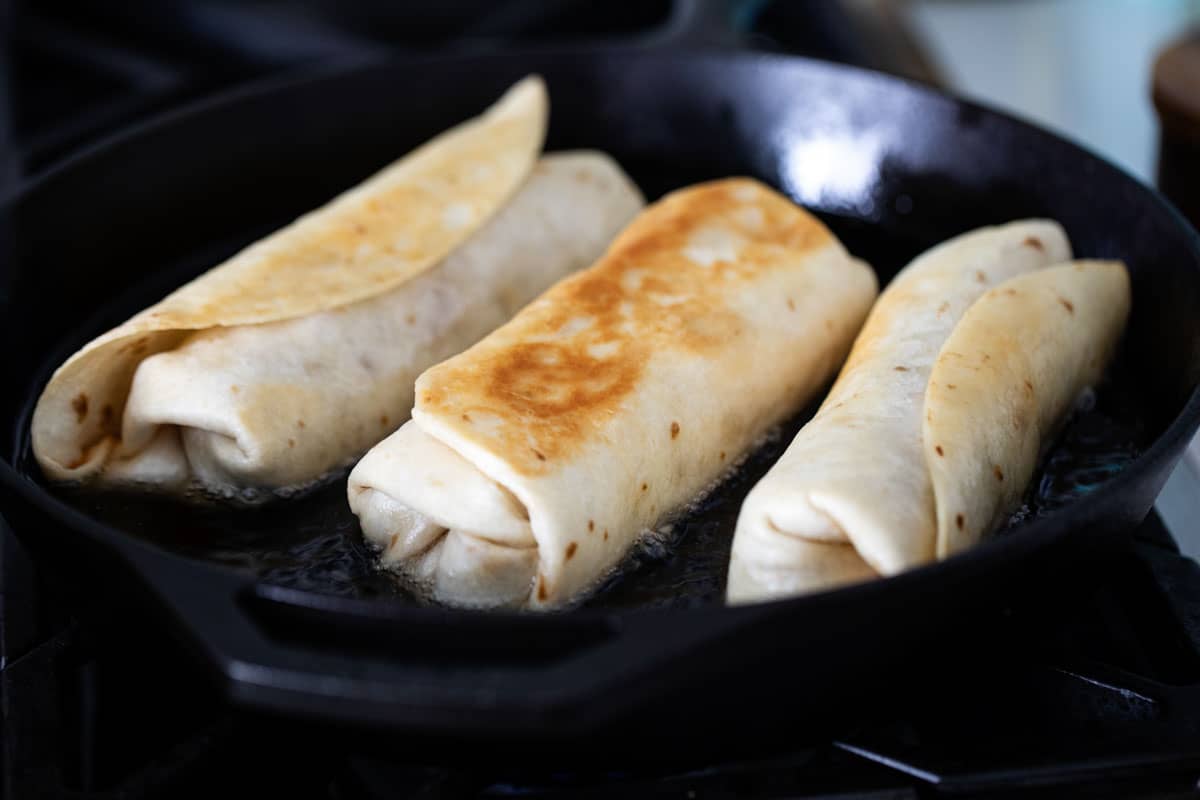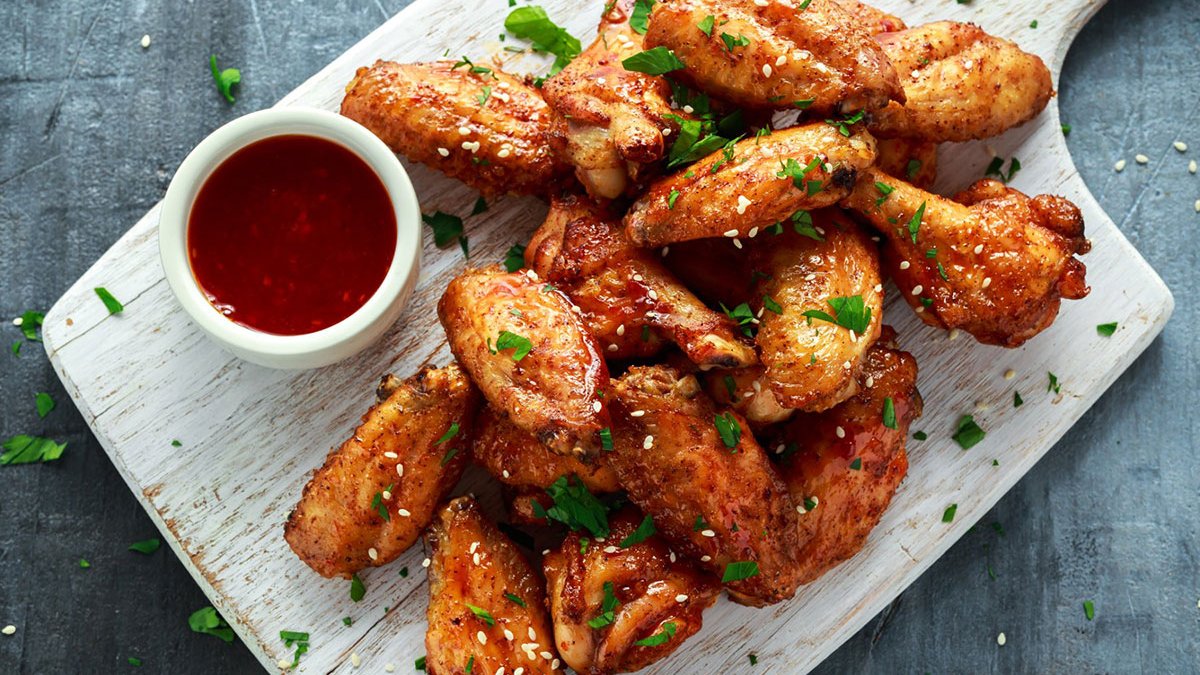How To Fry Flounder Fillets
Welcome, seafood lovers! If you’re a fan of delicate and flaky fish, then you’re in for a treat with flounder fillets. In this guide, we’ll show you the step-by-step process of frying flounder fillets to perfection. So, let’s dive in and satisfy your cravings!
Ingredients:
- Flounder fillets
- All-purpose flour
- Eggs
- Bread crumbs
- Vegetable oil
- Salt and pepper
Instructions:
- Start by rinsing the flounder fillets under cold water and pat them dry with a paper towel.
- In a shallow dish, season the all-purpose flour with salt and pepper. This will add a nice flavor to the coating.
- In a separate bowl, beat the eggs until well combined.
- Dip each flounder fillet into the seasoned flour, ensuring it is coated evenly on both sides. Shake off any excess flour.
- Next, dip the floured fillets into the beaten eggs, allowing any excess to drip off.
- Now, coat the fillets with breadcrumbs. You can use regular bread crumbs or get creative with panko or seasoned varieties.
- In a large skillet, heat vegetable oil over medium-high heat. The oil should be about 1/4 inch deep.
- Once the oil is hot, carefully place the coated flounder fillets into the skillet. Be cautious not to overcrowd the pan; fry them in batches if necessary.
- Cook the fillets for about 2-3 minutes per side until they turn golden brown and crispy. Use a spatula or tongs to flip them gently.
- Remove the fried fillets from the skillet and place them on a paper towel-lined plate to absorb any excess oil.
- Serve your deliciously crispy flounder fillets with your favorite side dishes, such as tartar sauce, lemon wedges, or a fresh green salad.
Now that you know how to fry flounder fillets, you can easily prepare a mouthwatering seafood dish in the comfort of your own kitchen. Whether you’re hosting a dinner party or simply treating yourself to a special meal, this recipe is sure to impress. Enjoy the delectable flavors and the delightful crunch of these fried flounder fillets!
Remember, practice makes perfect, so don’t be discouraged if your first attempt isn’t restaurant-quality. With each try, you’ll master the art of frying flounder fillets and amaze your taste buds. Bon appétit!
Was this page helpful?
Read Next: How To Fry Hamburger Meat
